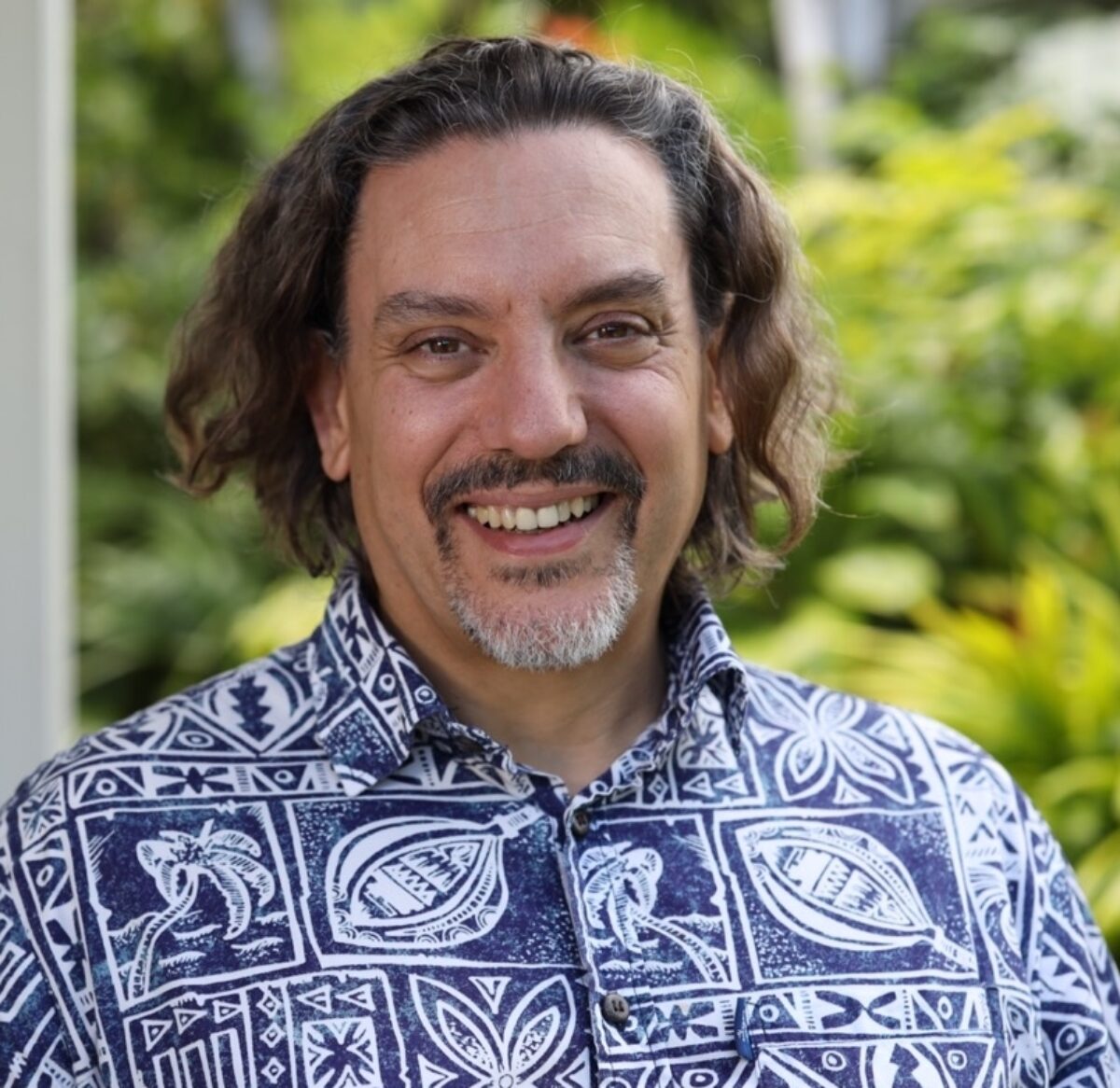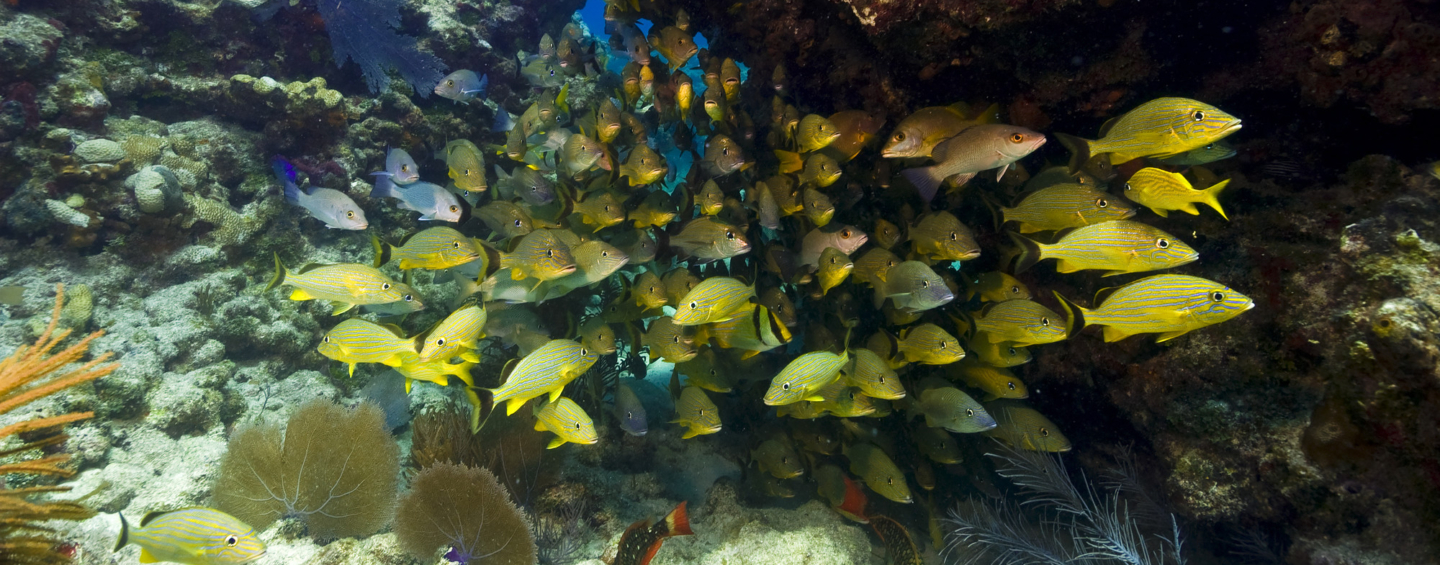This is SFP CEO Jim Cannon’s “Message from our CEO” from SFP’s 2024-25 Annual Report, “Prioritizing Impact.” Click here to read the full report.
Message from our CEO
We know for a fact that effective fisheries management stops overfishing. But we also know that applying effective fisheries management is no easy task, given the global history of overfishing. So, the question is: how can we make fisheries management more successful?
Managing a fishery successfully means figuring out how to control the total amount of fishing by all the competing fishing vessels and fishing companies put together, and how to keep that total amount of fishing below the level at which the fish stocks can replenish themselves. That requires individual fishing companies to cooperate, form associations, liaise with scientists and government regulators, help count fish, and help design, apply and comply with fishing regulations. That, in turn, requires a lot of capacity building, organizing, consensus building, and technical and scientific work.
It shouldn’t come as a surprise that fisheries struggle to solve all these issues on their own. And yet, that’s exactly the unrealistic assumption made by anyone telling a retailer they can help make fisheries more sustainable by dropping a “red-rated” fishery or switching to a greener or certified fishery. Their argument is that this “incentivizes” improvements, to obtain a price premium or access a market. But actually, it does the opposite, because it removes influential companies that could help bring companies together and invest time and effort in making improvements.
The SFP Approach
At SFP, we do not ask our industry partners to stop buying from a particular fishery and switch to another fishery. Instead, we identify ways to improve the fishery and ask our partners to continue sourcing and help us improve the fishery. We do advise partners to use ratings and certifications, but as ways to identify where improvements are needed, measure the progress made, and communicate that to investors and consumers. Our approach does still include potentially switching sourcing, not out of an entire fishery but to catchers and processors within that fishery who are collaborating and investing in effective fisheries management. This approach increases the incentives for participants to collaborate in managing the fishery and helps drive investments into improvements in the fishery. This approach holds participants in the fishery accountable for the changes and impacts that matter: improvements in the water.
Along the way, we provide advice and assistance to develop improvement options that are meaningful and realistic, and that industry has the capacity and funding to implement. We understand it takes time, that there are many routes to improve a fishery, and that the route most likely to succeed is the one led by fishers. Where they cannot succeed on their own, then we offer additional help. The result, when we and our retail partners are successful, is a wide range of suppliers, catchers, processors, and others working together to improve the fishery.
We take the same pragmatic and whole-food-system approach to improving aquaculture at the ecosystem level, because while what happens on individual farms matters, the cumulative and aggregate impact of all the farms together on the environment is what determines their long-term sustainability.
I hope you enjoy our 2024-25 annual report, which provides highlights of the work we’ve done in all these areas in 2024 and early 2025 and makes a compelling case that the above approach works.
Jim Cannon
Honolulu, Hawaii


